Home>Furniture & Design>Interior Design Trends>How Was Glass Discovered
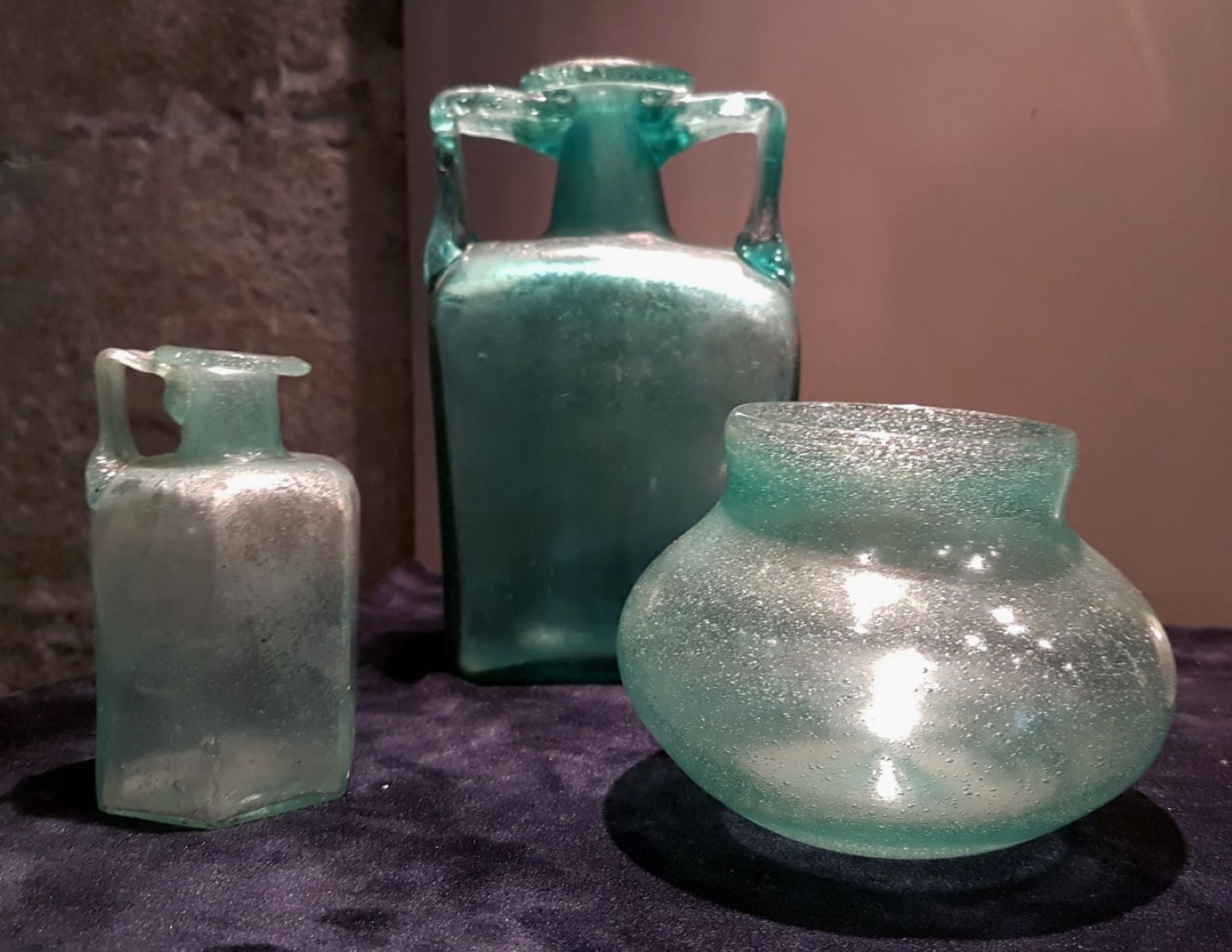

Interior Design Trends
How Was Glass Discovered
Modified: October 20, 2024
Discover the fascinating history of glass and its impact on interior design trends. Uncover the origins and evolution of this versatile material.
(Many of the links in this article redirect to a specific reviewed product. Your purchase of these products through affiliate links helps to generate commission for Storables.com, at no extra cost. Learn more)
Introduction
Glass is a material that surrounds us in our daily lives, from the windows that let in natural light to the sleek screens of our smartphones. Its transparent and versatile nature makes it an essential component of modern architecture, technology, and design. However, the journey of glass began long before the invention of smartphones and skyscrapers.
The story of glass is one of human ingenuity and curiosity, dating back thousands of years. Its discovery and evolution have shaped civilizations and transformed the way we interact with the world around us. Understanding the origins and development of glass provides a fascinating glimpse into the intersection of science, art, and craftsmanship.
In this article, we will embark on a journey through time to explore the captivating history of glass. From its early discoveries to the modern techniques that have revolutionized its production, we will uncover the remarkable innovations and cultural significance of this remarkable material. Join us as we delve into the ancient origins and enduring legacy of glass, a substance that has captured the imagination of humanity for millennia.
Key Takeaways:
- Glass was discovered by ancient civilizations through chance and intentional craftsmanship, leading to a journey of innovation and artistic expression that continues to inspire awe and admiration today.
- The spread of glassmaking across the ancient world, facilitated by trade routes and cultural exchange, exemplifies the enduring allure of this mesmerizing craft, transcending linguistic and geographical barriers to weave a rich tapestry of artistic achievements.
Read more: Discovering Hidden Gems At Antique Fairs
Early Discoveries of Glass
The origins of glass can be traced back to ancient civilizations, where its discovery revolutionized the way people interacted with their environment. The exact moment of its discovery remains shrouded in mystery, but historical evidence suggests that the earliest forms of glass emerged in Mesopotamia around 3500 BCE. It is believed that this remarkable material was stumbled upon by chance, a serendipitous fusion of natural elements and human curiosity.
One prevailing theory regarding the discovery of glass revolves around the ancient Phoenicians. Legend has it that these seafaring traders stumbled upon glass-making by the shores of the Belus River. As they set up camp, they used blocks of natron, a naturally occurring compound rich in soda and lime, to support their cooking vessels. The intense heat from their campfire caused the natron to mix with the sandy shores, resulting in the formation of a translucent liquid – the first known form of glass.
Another account of glass's early discovery centers on the ancient Egyptians, renowned for their advanced craftsmanship and technological innovations. It is believed that they were the first to intentionally produce glass around 1500 BCE. The process involved combining silica, a primary component of sand, with soda ash to create a molten substance that could be shaped and molded into various objects. This early form of glass-making laid the foundation for the intricate glasswork that would come to define ancient Egyptian art and culture.
The allure of glass extended beyond its practical uses, captivating the imaginations of ancient societies. Its translucent beauty and malleable properties made it a symbol of luxury and sophistication, reserved for the elite and revered in religious ceremonies. As civilizations across the ancient world began to experiment with glass-making techniques, the stage was set for its widespread adoption and evolution.
The early discoveries of glass marked a pivotal moment in human history, sparking a journey of innovation and creativity that continues to shape our world today. As we delve deeper into the ancient glassmaking techniques and the cultural impact of this mesmerizing material, we will uncover the enduring legacy of glass and its profound influence on human civilization.
Ancient Glassmaking Techniques
Ancient glassmaking techniques represent a remarkable fusion of artistry, craftsmanship, and scientific ingenuity. The early civilizations that mastered the art of glassmaking laid the foundation for the intricate and diverse forms of glasswork that continue to inspire awe and admiration today.
One of the most significant advancements in ancient glassmaking was the development of core-forming and glassblowing techniques. Core-forming, believed to have originated in Mesopotamia around 1500 BCE, involved the creation of glass vessels by shaping molten glass around a removable core made of clay or dung. This innovative method allowed artisans to produce intricate and symmetrical shapes, paving the way for the creation of exquisite glass vessels and ornaments.
The invention of glassblowing in the 1st century BCE revolutionized the production of glassware, enabling artisans to craft delicate and intricate designs with unparalleled precision. By blowing air through a hollow iron tube into molten glass, skilled craftsmen could shape and manipulate the material into a myriad of forms, from delicate vases to ornate figurines. This breakthrough not only revolutionized the art of glassmaking but also facilitated the mass production of glass objects, making them more accessible to a wider audience.
The ancient Romans played a pivotal role in advancing glassmaking techniques, introducing innovations such as mold-blowing and the use of glass for architectural purposes. Mold-blowing, a technique developed in the 1st century CE, involved blowing molten glass into a mold to create intricate patterns and designs, expanding the artistic possibilities of glasswork. Additionally, the Romans utilized glass in architectural marvels, such as the production of mosaic glass tiles and the creation of ornate windows, showcasing the versatility and aesthetic appeal of this captivating material.
Across the ancient world, from the Mediterranean to Asia, glassmaking techniques continued to evolve, with each civilization adding its unique artistic flair and technical expertise to the craft. The intricate patterns, vibrant colors, and delicate forms of ancient glasswork stand as a testament to the skill and creativity of the artisans who honed their craft over centuries.
The legacy of ancient glassmaking techniques endures in the exquisite artifacts and remnants that have withstood the test of time, offering a glimpse into the artistic achievements of bygone eras. As we marvel at the intricate beauty of ancient glasswork, we are reminded of the enduring impact of these early innovations, which continue to inspire contemporary artisans and designers in their quest to push the boundaries of glass as a medium of artistic expression.
The Spread of Glassmaking
The art of glassmaking, born from the ingenuity of ancient civilizations, transcended geographical boundaries and spread across the ancient world, leaving an indelible mark on diverse cultures and societies. The dissemination of glassmaking techniques was propelled by trade routes, conquests, and the exchange of knowledge, leading to the proliferation of this captivating craft.
The Phoenicians, renowned for their maritime prowess and extensive trade networks, played a pivotal role in the spread of glassmaking beyond the shores of the Mediterranean. As they ventured into distant lands, they carried with them the secrets of glass production, introducing this coveted art form to regions such as Egypt, Greece, and beyond. The allure of glass transcended linguistic and cultural barriers, captivating the imaginations of people from disparate backgrounds and inspiring them to embrace the art of glassmaking.
The conquests of Alexander the Great further facilitated the diffusion of glassmaking techniques, as the Hellenistic influence permeated the lands conquered by his armies. The fusion of Greek artistic sensibilities with local traditions gave rise to a rich tapestry of glasswork, blending diverse influences and techniques to create unique and exquisite pieces of art. From the shores of the Mediterranean to the heart of Persia, the art of glassmaking flourished, each region infusing its distinct cultural motifs and aesthetic preferences into the craft.
The Roman Empire, renowned for its engineering marvels and cultural sophistication, played a pivotal role in popularizing glass as a ubiquitous material. The Romans not only refined existing glassmaking techniques but also introduced innovations that revolutionized the production and application of glass. The widespread use of glass in architecture, such as the creation of ornate windows and mosaic tiles, showcased the versatility and aesthetic appeal of this captivating material, further fueling its popularity across the empire and beyond.
As the Silk Road facilitated the exchange of goods and ideas between the East and the West, the art of glassmaking traversed vast distances, transcending cultural boundaries and inspiring new forms of artistic expression. The intricate glassware produced in ancient Persia, with its vibrant colors and intricate patterns, captivated the hearts of admirers far and wide, leaving an indelible imprint on the evolution of glassmaking.
The spread of glassmaking represents a testament to the enduring allure of this mesmerizing craft, transcending time and space to weave a rich tapestry of artistic achievements and cultural exchange. From the ancient trade routes to the corridors of power, the art of glassmaking left an indelible mark on human history, shaping the aesthetic sensibilities and technological advancements of civilizations across the globe.
Glass was discovered around 3500 BCE in Mesopotamia. A useful tip for learning more about the discovery of glass is to research the ancient techniques and materials used to create it, such as silica sand and soda ash.
Modern Glassmaking Techniques
Modern glassmaking techniques have undergone a remarkable evolution, propelled by technological advancements and innovative approaches that have revolutionized the production and application of glass. The fusion of traditional craftsmanship with cutting-edge technologies has expanded the possibilities of glass as a medium, paving the way for architectural marvels, artistic masterpieces, and functional innovations.
One of the most significant advancements in modern glassmaking is the utilization of float glass technology. Developed in the mid-20th century, float glass revolutionized the mass production of flat glass sheets, enabling the creation of large, seamless panels that are integral to contemporary architectural design. This technique involves pouring molten glass onto a bed of molten tin, resulting in a perfectly smooth and uniform surface, free from imperfections. The advent of float glass technology has transformed the construction industry, allowing architects to envision expansive glass facades and structurally innovative designs that redefine the boundaries of modern architecture.
The introduction of advanced glass coatings has further expanded the functional and aesthetic possibilities of glass. Low-emissivity (Low-E) coatings, for instance, enhance the energy efficiency of buildings by minimizing heat transfer through windows, contributing to sustainable design practices and reduced energy consumption. Similarly, self-cleaning coatings leverage nanotechnology to create hydrophilic surfaces that repel dirt and water, ensuring that glass facades and windows maintain their pristine appearance with minimal maintenance. These innovative coatings have elevated the performance and longevity of glass in diverse applications, from skyscrapers to residential dwellings.
The integration of digital fabrication techniques has ushered in a new era of artistic expression and design possibilities in the realm of glass. Computer-aided design (CAD) and precision laser cutting enable artists and designers to create intricate glass sculptures, bespoke installations, and customized architectural elements with unparalleled precision. This marriage of technology and artistry has redefined the boundaries of glass as a medium, allowing for the realization of complex and visually stunning creations that push the boundaries of creativity and craftsmanship.
Furthermore, the exploration of sustainable practices in glassmaking has led to the development of eco-friendly glass formulations and recycling initiatives, aligning the industry with the principles of environmental stewardship. By harnessing renewable energy sources and implementing closed-loop production processes, modern glassmakers are striving to minimize their environmental footprint while meeting the growing demand for sustainable building materials.
The evolution of modern glassmaking techniques stands as a testament to the enduring spirit of innovation and creativity within the industry. As technology continues to intersect with the art of glassmaking, the possibilities for architectural, artistic, and functional applications of glass are boundless, promising a future where this captivating material continues to captivate and inspire generations to come.
Uses of Glass Today
Glass, with its remarkable versatility and aesthetic appeal, has become an integral component of modern society, permeating various aspects of our daily lives and shaping contemporary design and architecture. From towering skyscrapers to cutting-edge technological innovations, the uses of glass today span a diverse spectrum of applications, each harnessing the unique properties of this captivating material.
In the realm of architecture, glass serves as a defining element in the creation of iconic structures that redefine urban skylines. The use of expansive glass facades and curtain walls not only imbues buildings with a sense of transparency and openness but also allows natural light to permeate interior spaces, fostering a connection to the surrounding environment. The seamless integration of glass in modern architecture blurs the boundaries between indoor and outdoor spaces, creating visually stunning environments that prioritize sustainability and human-centric design.
The technological advancements in glass production have also propelled its integration into cutting-edge innovations, such as smart devices and high-definition displays. The development of ultra-thin, durable glass panels has revolutionized the design of smartphones, tablets, and wearable technology, providing sleek and resilient surfaces that enhance user experience and aesthetic appeal. Additionally, the use of specialized glass compositions in high-definition televisions and interactive displays has elevated the visual clarity and immersive quality of digital interfaces, enriching the way we engage with information and entertainment.
In interior design, glass manifests as a versatile and elegant material, offering endless possibilities for creative expression and functional utility. From sleek glass partitions that delineate open-concept spaces to custom-designed glass furniture that exudes modern sophistication, the uses of glass in interior applications transcend mere functionality, becoming a statement of contemporary style and refinement. Furthermore, the incorporation of decorative glass elements, such as stained glass windows and art glass installations, adds a touch of artistic flair and visual intrigue to interior environments, infusing them with character and charm.
The automotive industry has also embraced the benefits of glass, utilizing advanced windshield technology and panoramic glass roofs to enhance safety, visibility, and the overall driving experience. The integration of laminated safety glass in vehicle windshields provides crucial protection and structural integrity, while panoramic glass roofs create an immersive and airy ambiance within the vehicle, redefining the concept of automotive luxury and comfort.
Beyond the realms of architecture, technology, and design, glass finds its application in medical equipment, laboratory instruments, renewable energy technologies, and sustainable packaging solutions, underscoring its indispensable role in advancing various fields of innovation and progress.
The uses of glass today exemplify its enduring relevance and adaptability in an ever-evolving world, where its transparent beauty and functional properties continue to inspire groundbreaking achievements and elevate the human experience across diverse domains.
Conclusion
The journey through the history of glass has unveiled a captivating narrative of human ingenuity, cultural exchange, and technological innovation. From its enigmatic discovery in ancient civilizations to its pervasive presence in modern architecture and design, glass has transcended time and geographical boundaries, leaving an indelible mark on human civilization.
The early discoveries of glass, shrouded in the mists of antiquity, reflect the serendipitous fusion of natural elements and human curiosity. Whether stumbled upon by chance or intentionally crafted, the allure of glass captivated the imaginations of ancient societies, propelling them into a journey of innovation and artistic expression. The ancient glassmaking techniques, from core-forming to glassblowing, stand as a testament to the skill and creativity of artisans who honed their craft over centuries, producing exquisite artifacts that continue to inspire awe and admiration.
The spread of glassmaking across the ancient world, facilitated by trade routes and cultural exchange, exemplifies the enduring allure of this mesmerizing craft, transcending linguistic and geographical barriers to weave a rich tapestry of artistic achievements. The fusion of diverse influences and techniques gave rise to a vibrant tapestry of glasswork, each region infusing its distinct cultural motifs and aesthetic preferences into the craft.
The evolution of modern glassmaking techniques, propelled by technological advancements and sustainable practices, has expanded the possibilities of glass as a medium, paving the way for architectural marvels, artistic masterpieces, and functional innovations. The integration of glass into contemporary architecture, technology, and interior design exemplifies its remarkable versatility and aesthetic appeal, permeating various aspects of modern society and shaping the human experience.
In conclusion, the enduring legacy of glass as a material of profound cultural significance and artistic expression continues to captivate and inspire generations. Its transparent beauty, functional properties, and adaptability underscore its indispensable role in advancing various fields of innovation and progress. As we gaze through the windows of history and into the future, the story of glass serves as a testament to the enduring spirit of human creativity and the transformative power of ingenuity.
Frequently Asked Questions about How Was Glass Discovered
Was this page helpful?
At Storables.com, we guarantee accurate and reliable information. Our content, validated by Expert Board Contributors, is crafted following stringent Editorial Policies. We're committed to providing you with well-researched, expert-backed insights for all your informational needs.




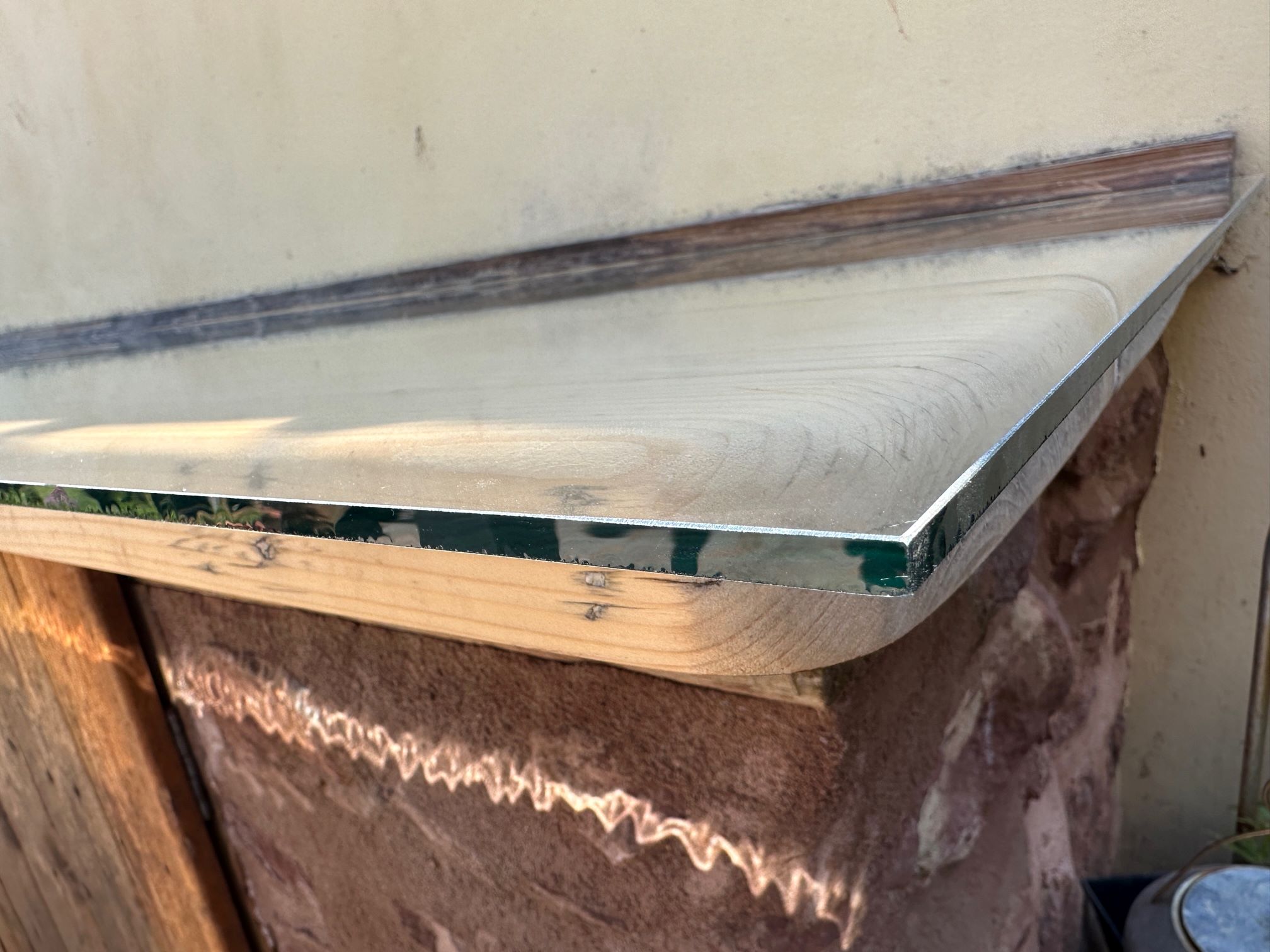
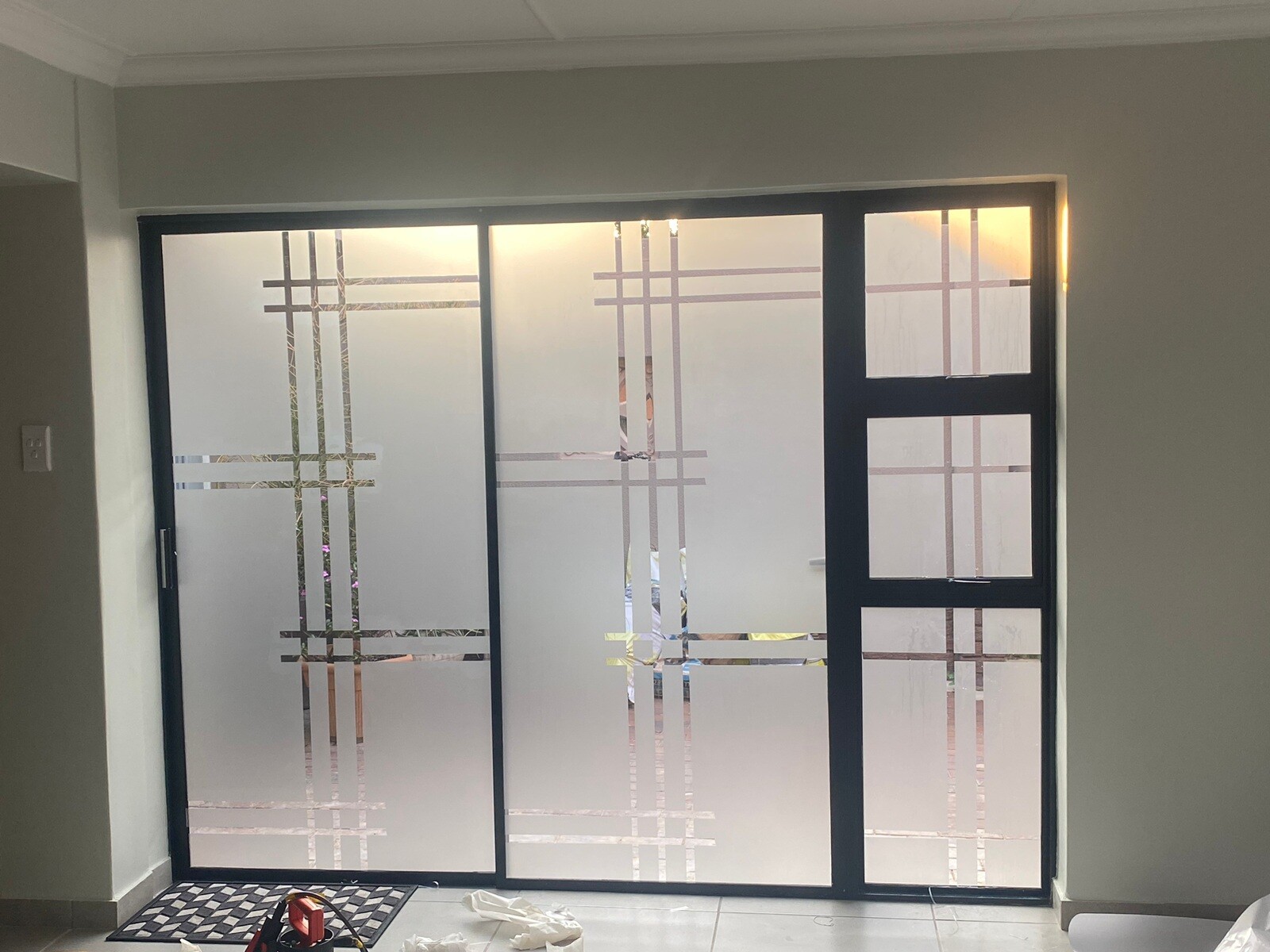

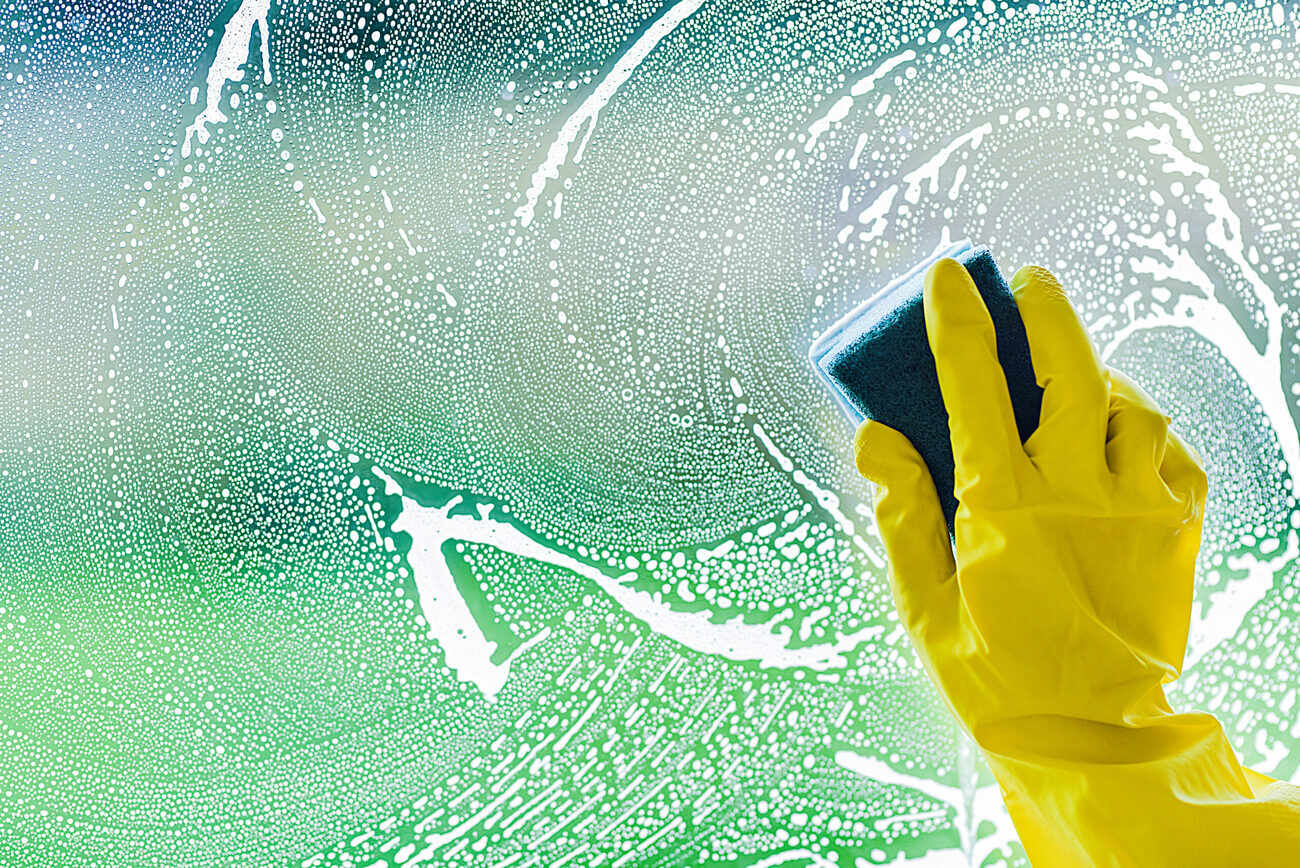


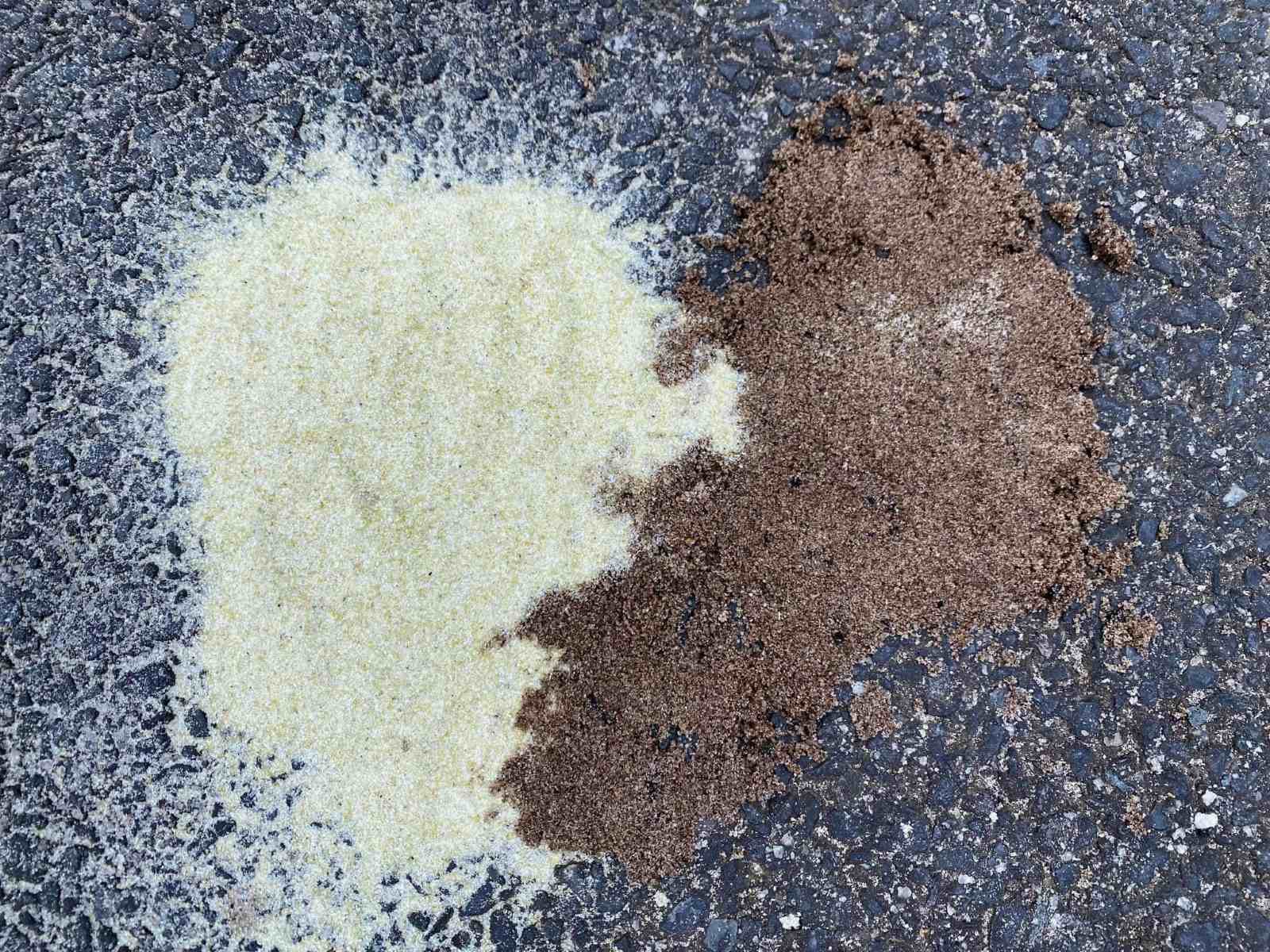
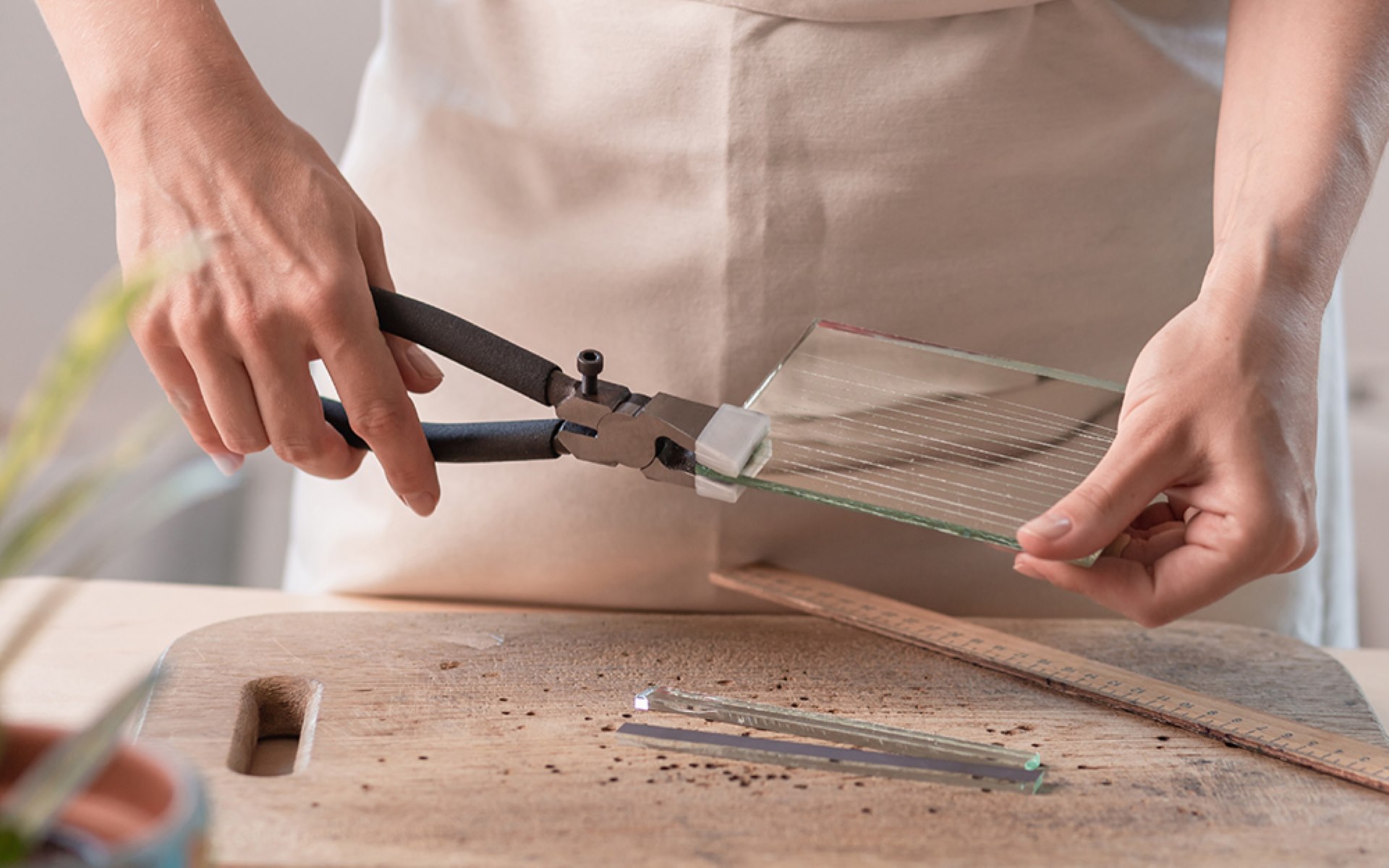
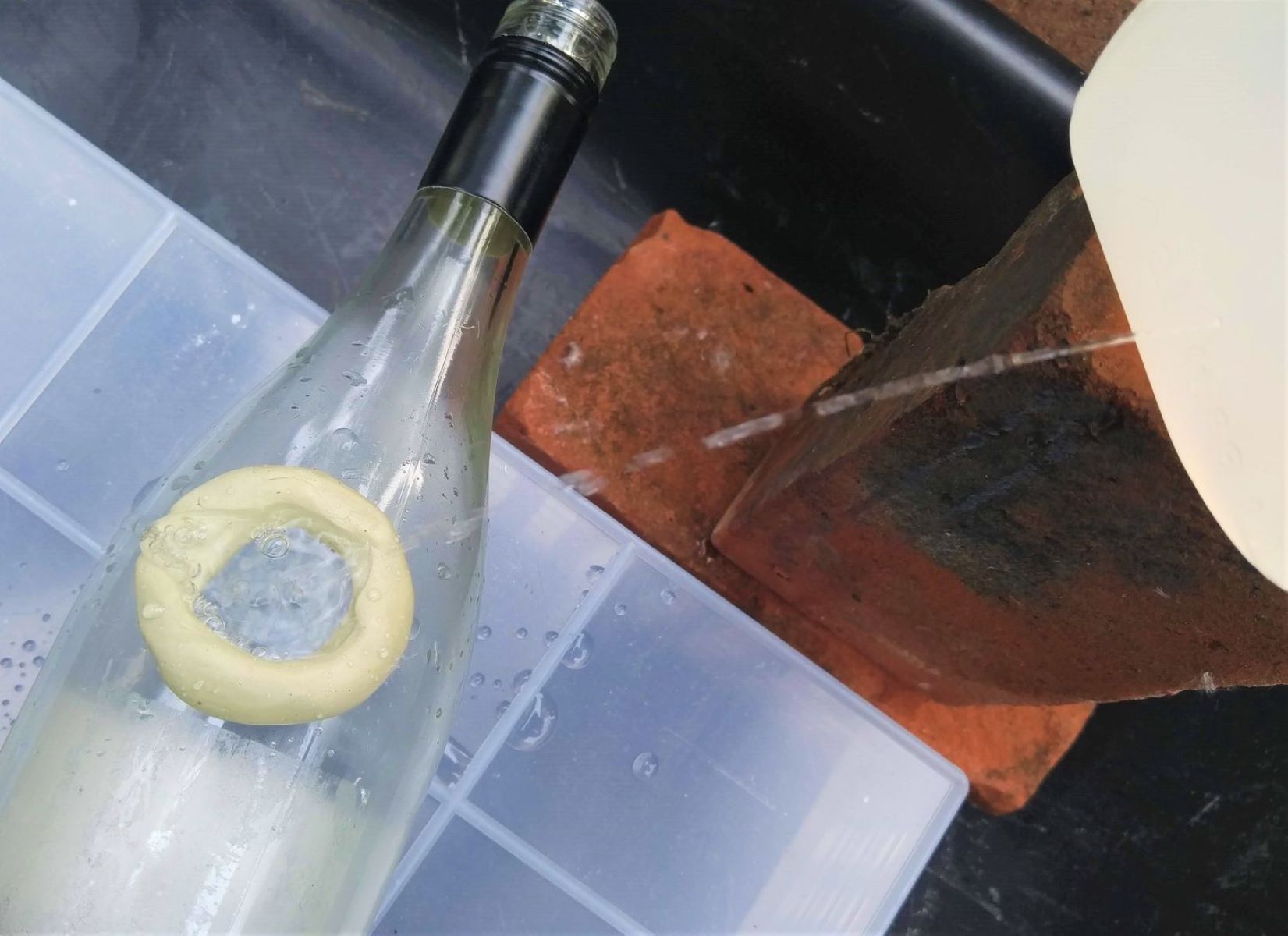
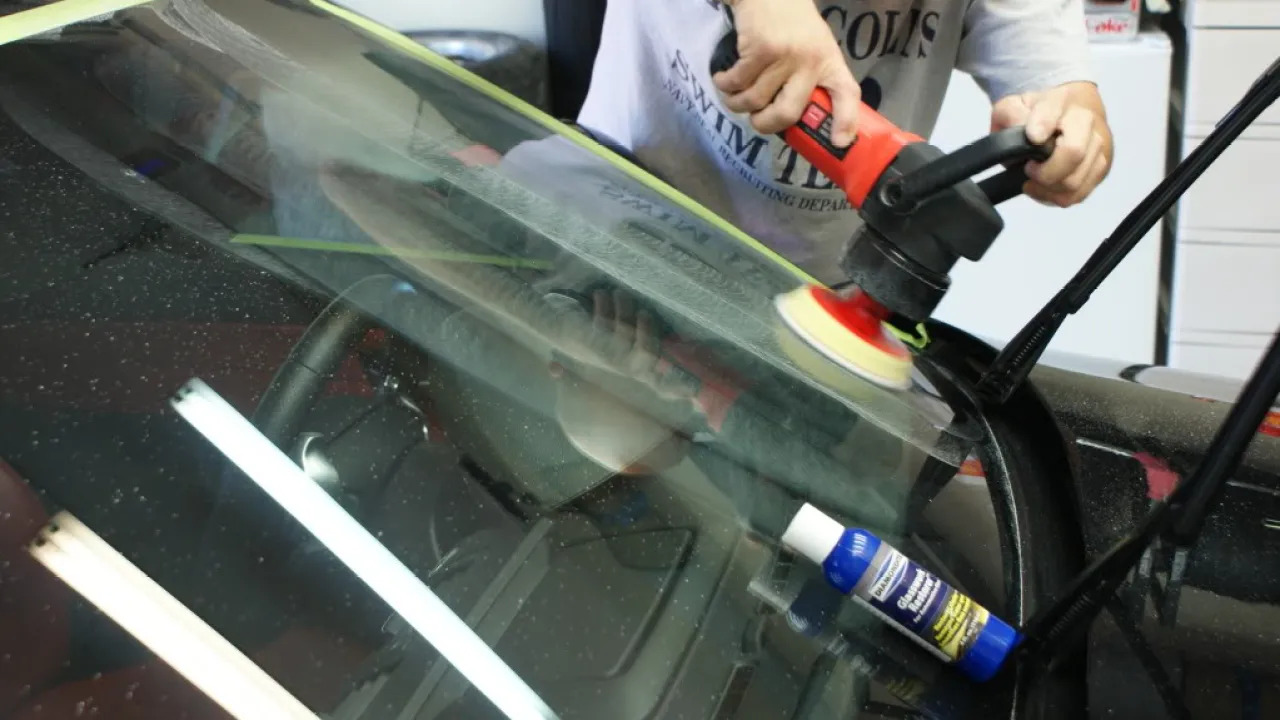

0 thoughts on “How Was Glass Discovered”